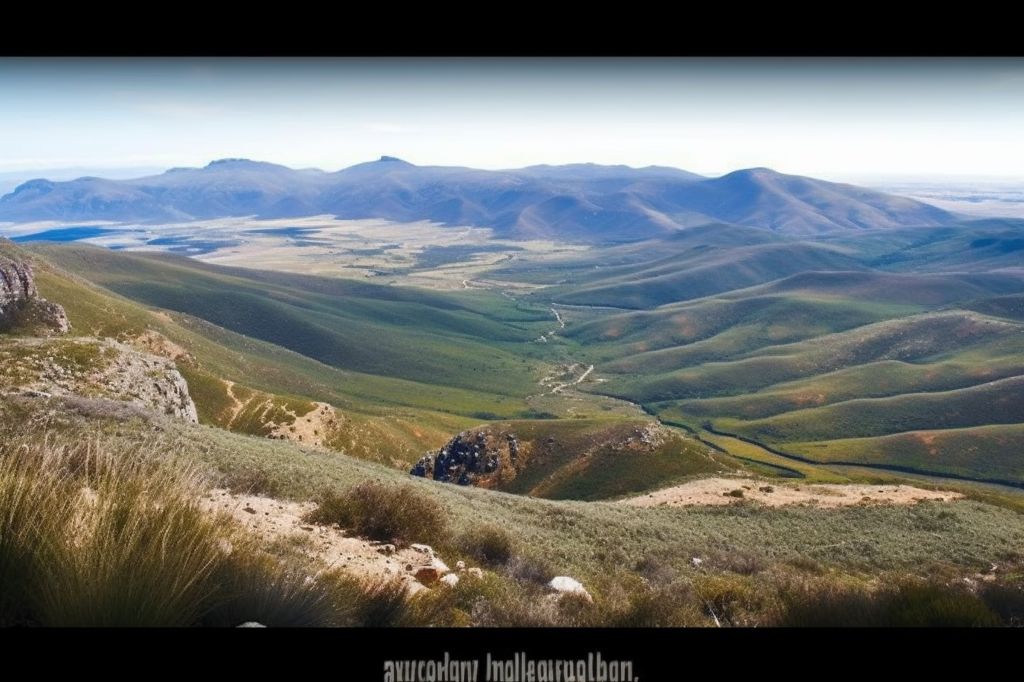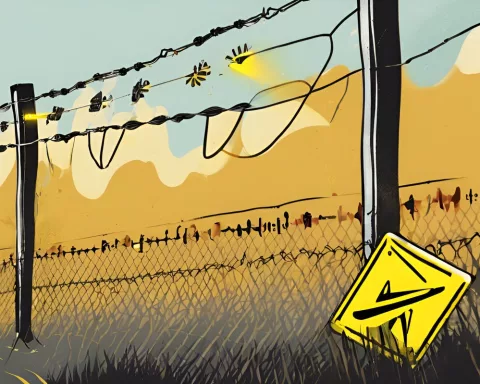With its mosaic, Succulent Karoo landscape, the Little Karoo region is a haven for biodiversity. It is home to various wildlife, from native wild species like aardvark, aardwolf, and honey badger to reintroduced and non-native game species like giraffe and nyala. Every year, researchers from the Cape Leopard Trust Research (CLT) conduct a large-scale survey of the region to monitor the status of the local fauna, with a particular focus on the elusive leopard population. The survey provides valuable insights into the region’s biodiversity and the effectiveness of conservation strategies.
The Success of the Survey
The recently completed survey of the Little Karoo, spanning over 2,000 km2, was a resounding success. The CLT team set up 64 paired camera stations across protected areas, commercial farms, and communal land. The cameras captured over 87,000 images, which were analyzed using machine learning programs to identify and label the species in each image.
The survey recorded at least 40 mammal species and several bird species, including leopards, at 47 of the 64 camera locations. The cameras also recorded several bird species, including ostrich, Southern black korhaan, helmeted guinea fowl, Cape spurfowl, hadeda, and Egyptian goose. Most importantly, the survey provided an accurate estimate of the current leopard population density in the region.
The Importance of Conservation
The success of the survey is testimony to the importance of conserving the region’s natural heritage. The collaborative effort between various conservation organizations, private landowners, and sponsors highlights the significance of partnerships in achieving conservation goals. The CLT team’s dedication and expertise in conducting the survey and identifying individual leopards demonstrate their commitment to protecting these magnificent big cats and their habitat.
The survey’s findings provide valuable insights into the Little Karoo’s biodiversity and the leopard population’s status, which can inform the development of effective conservation strategies. The collaboration between conservation organizations, private landowners, and sponsors has helped to raise awareness of the importance of conservation and the need to protect wildlife and their habitats.
The Value of Partnerships
The CLT team expressed their gratitude to several private landowners who participated in the survey and granted access to their land. The Retreat at Groenfontein, Die Poort Private Nature Reserve, Aristata Seweweekspoort, and Rooiberg Lodge supported the project by providing reduced-cost accommodation. The team also thanked the Ford Wildlife Foundation for sponsoring a ranger and the Land Cruiser Club – Southern Africa for keeping Witblitz the Cruiser in tip-top shape.
The partnership between the CLT team and these organizations and individuals demonstrates the value of collaboration in achieving conservation goals. The Little Karoo survey is about monitoring and conserving the region’s wildlife and building relationships between conservation organizations, private landowners, and sponsors.
Conclusion
The CLT team’s successful survey of the Little Karoo is a significant achievement that demonstrates the importance of monitoring and conserving the region’s natural heritage. The survey’s findings provide valuable insights into the Little Karoo’s biodiversity and the leopard population’s status, which can inform the development of effective conservation strategies. The collaboration between various conservation organizations, private landowners, and sponsors highlights the significance of partnerships in achieving conservation goals.
The Little Karoo survey is a scientific project and a cultural and historical one. It is an opportunity to appreciate the region’s rich art and cultural legacy, from the San rock art and the Karoo architecture to the literary works of Herman Charles Bosman and Olive Schreiner. It is also an opportunity to reflect on the importance of preserving this legacy for future generations.
The Little Karoo is not just a region of biodiversity and cultural richness but also a symbol of hope and resilience. It is a reminder that, with the right partnerships and strategies, we can protect our natural heritage and build a better future for all.








